Paris in the 1950s was a city rebuilding and looking towards the future. Amidst the classic architecture and charming streets, a truly bizarre vehicle began to appear. This was the Citroën U55 Cityrama Currus, a double-decker bus unlike any other. It looked like something out of a science fiction film.
The story of this extraordinary bus begins with a company called Groupe Cityrama. Founded in the post-war era, Cityrama was a tour operator. They wanted to offer visitors a special way to see the sights of Paris. They needed a bus that would be both practical and memorable.
Cityrama’s vision was for a sightseeing bus that would provide panoramic views. They wanted to give tourists an unparalleled experience of the City of Lights. The bus would need to stand out. It would have to be unlike anything else on the road.
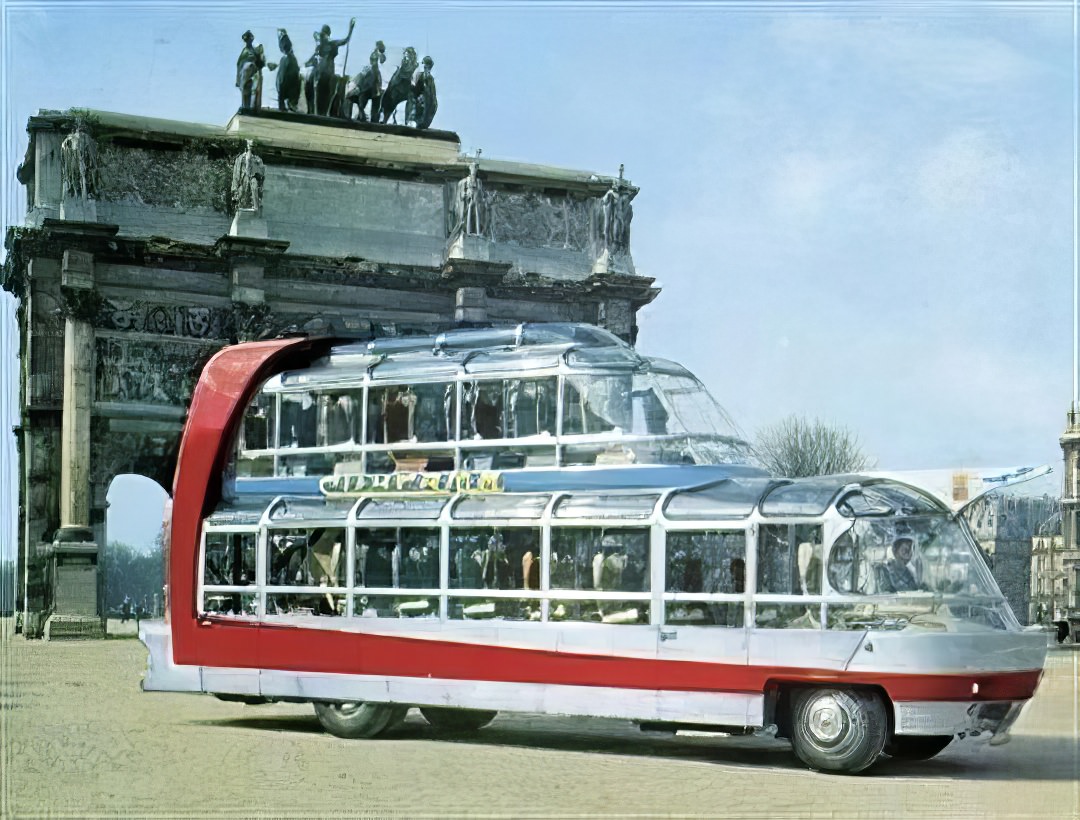
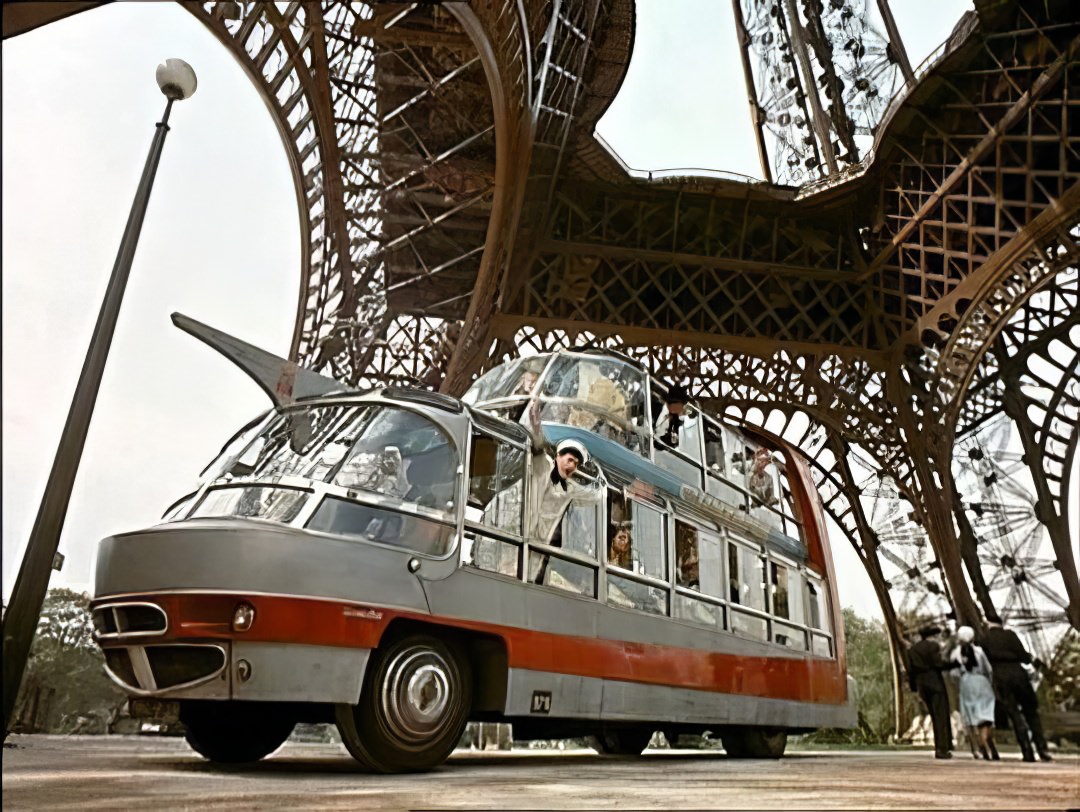
To bring their vision to life, Cityrama turned to Currus. Currus was a well-known French coachbuilder, a company specializing in creating custom bodies for vehicles. They were known for their craftsmanship and innovative designs. They were the perfect choice for this project.
The base for this futuristic bus was a Citroën U55 truck chassis. Citroën was a major French automobile manufacturer. They were known for their innovative engineering. The U55 was a sturdy and reliable vehicle.
The U55 truck chassis provided a solid foundation for the bus. It was powered by a robust engine, capable of handling the weight of a double-decker design. It was a practical choice for a vehicle that would be carrying many passengers.
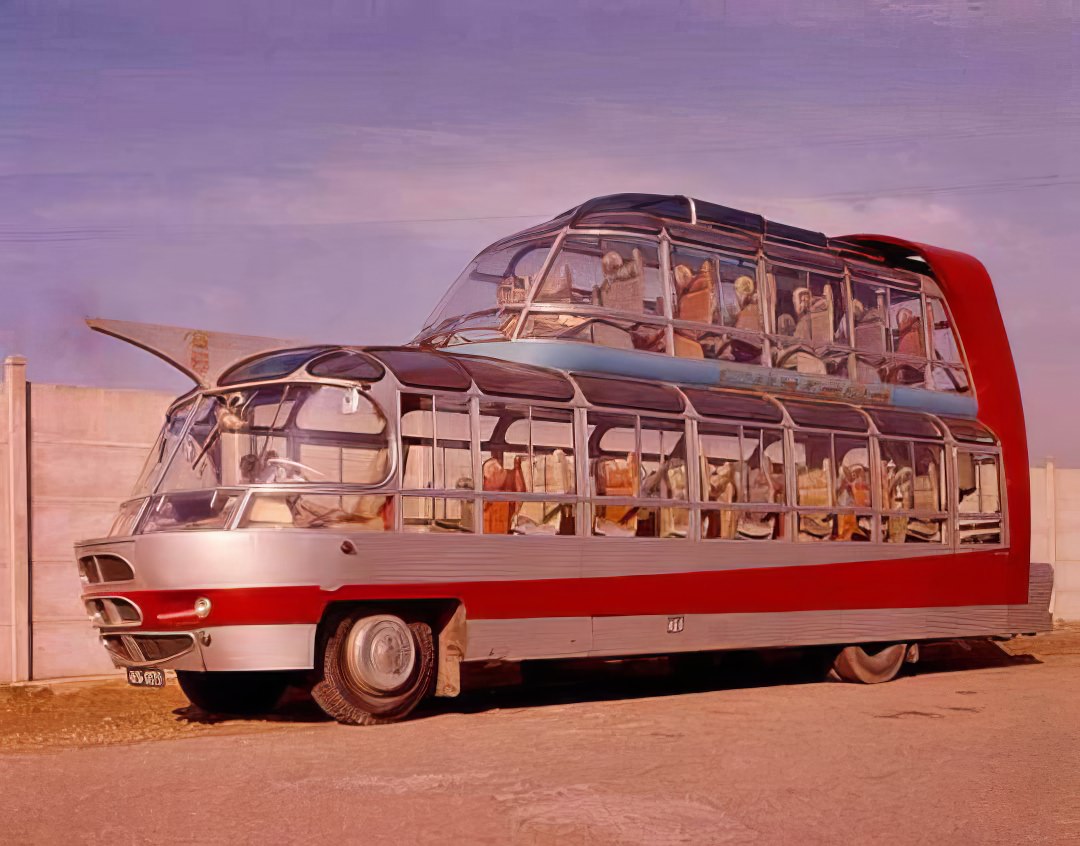
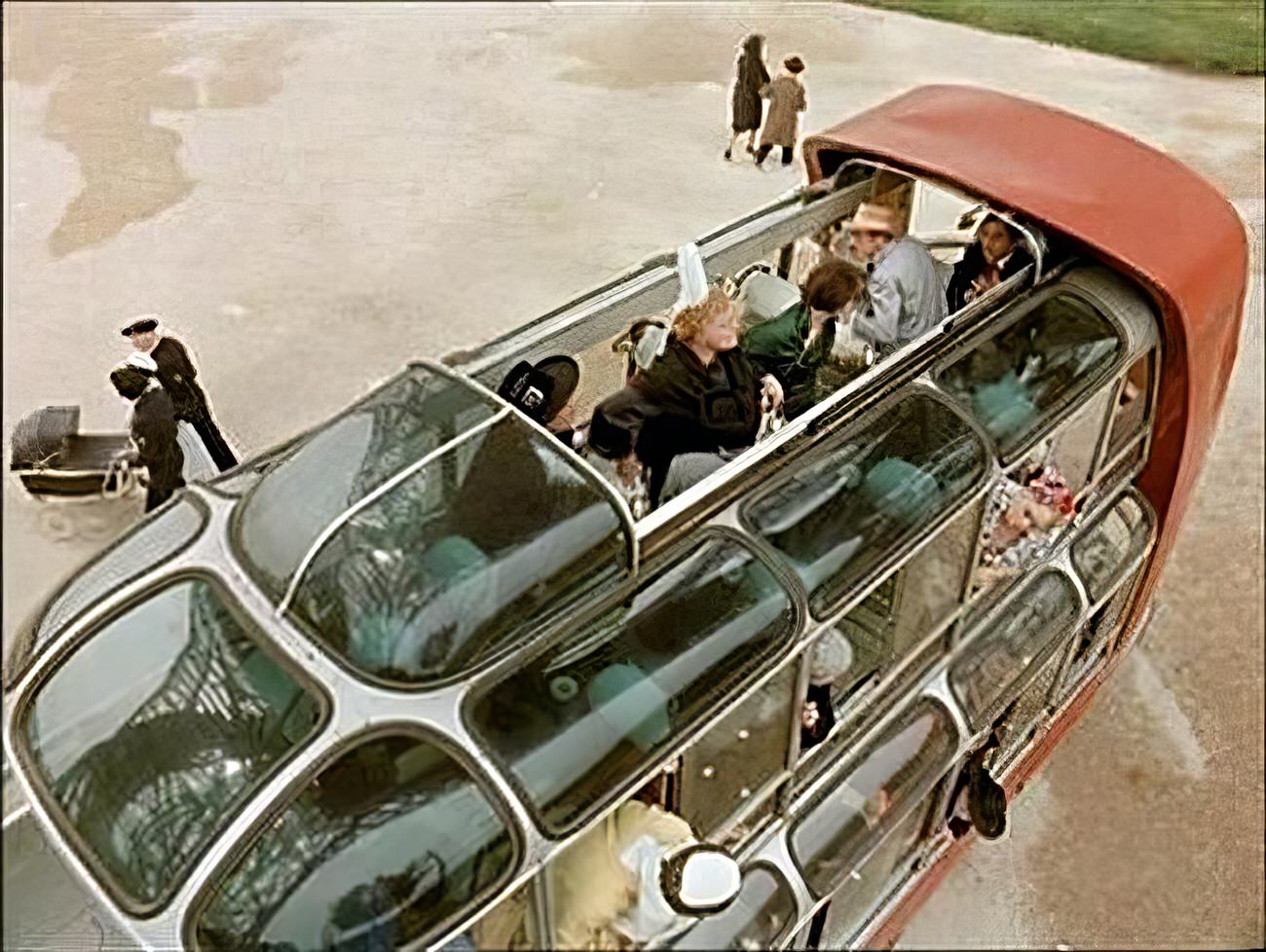
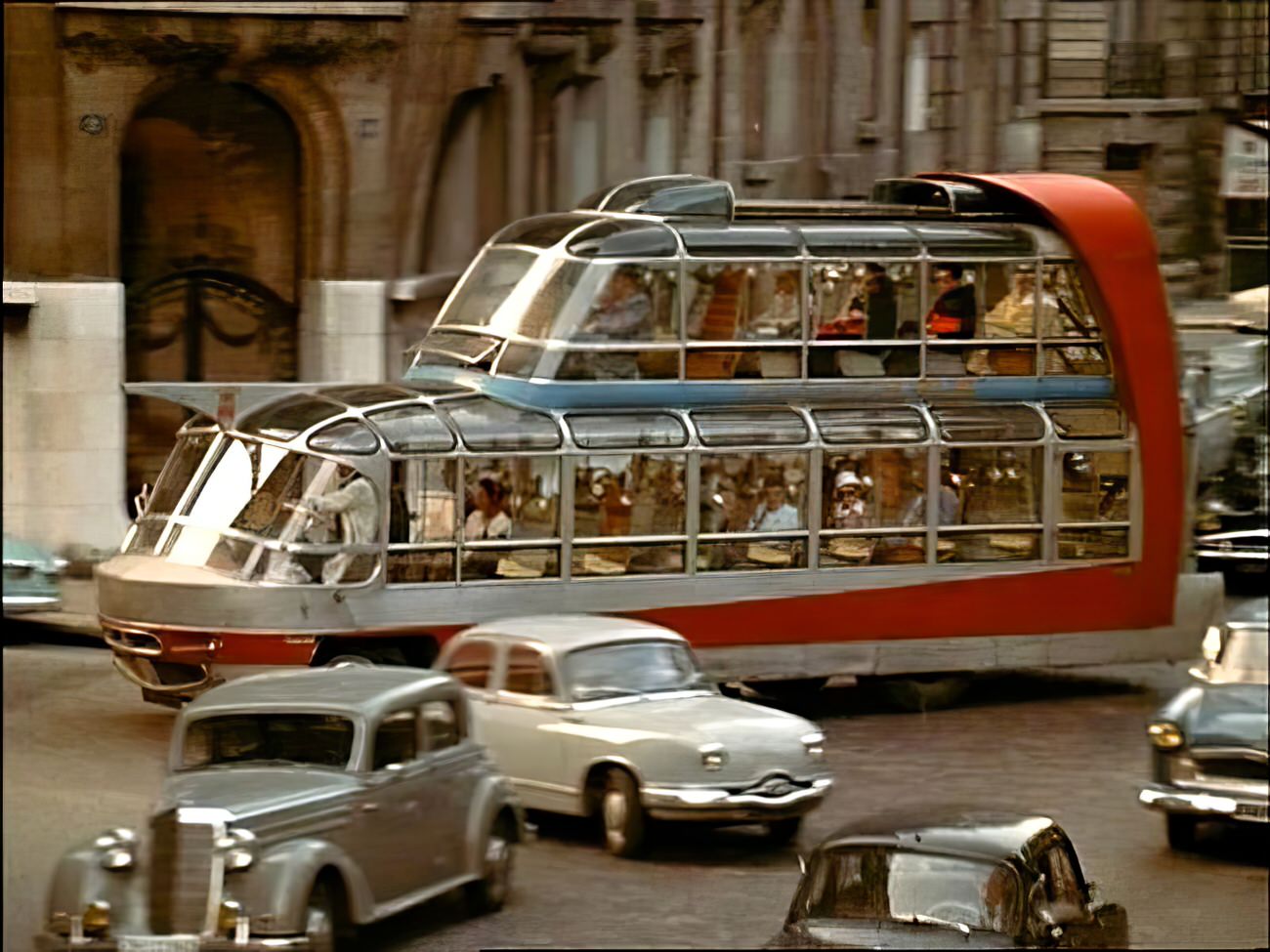
However, the U55 was designed as a working vehicle. It was not intended for luxury or sightseeing. Currus would have to completely transform the truck chassis into something extraordinary. It needed a complete makeover.
The design of the Citroën U55 Cityrama Currus was truly groundbreaking for its time. Currus created a body that was sleek, stylish, and futuristic. The bus was a double-decker, providing ample space for passengers. But its most striking feature was its use of glass. The bus was filled with windows, offering incredible views of the surroundings. It was like a moving greenhouse.
The sides of the bus featured large, curved windows that wrapped around the corners. These windows provided unobstructed views of the cityscape. They allowed passengers to see Paris from a unique perspective. They created a sense of openness.
The upper deck was even more impressive. It featured a glass roof that could be removed during the summer months. This allowed for open-air touring, giving passengers an even more immersive experience. It was like riding in a convertible bus.
The bus’s design has been compared to a Vista Cruiser station wagon on steroids. The Vista Cruiser was an American car known for its glass roof panels. The Cityrama bus took this concept to a whole new level. It maximized the use of glass.
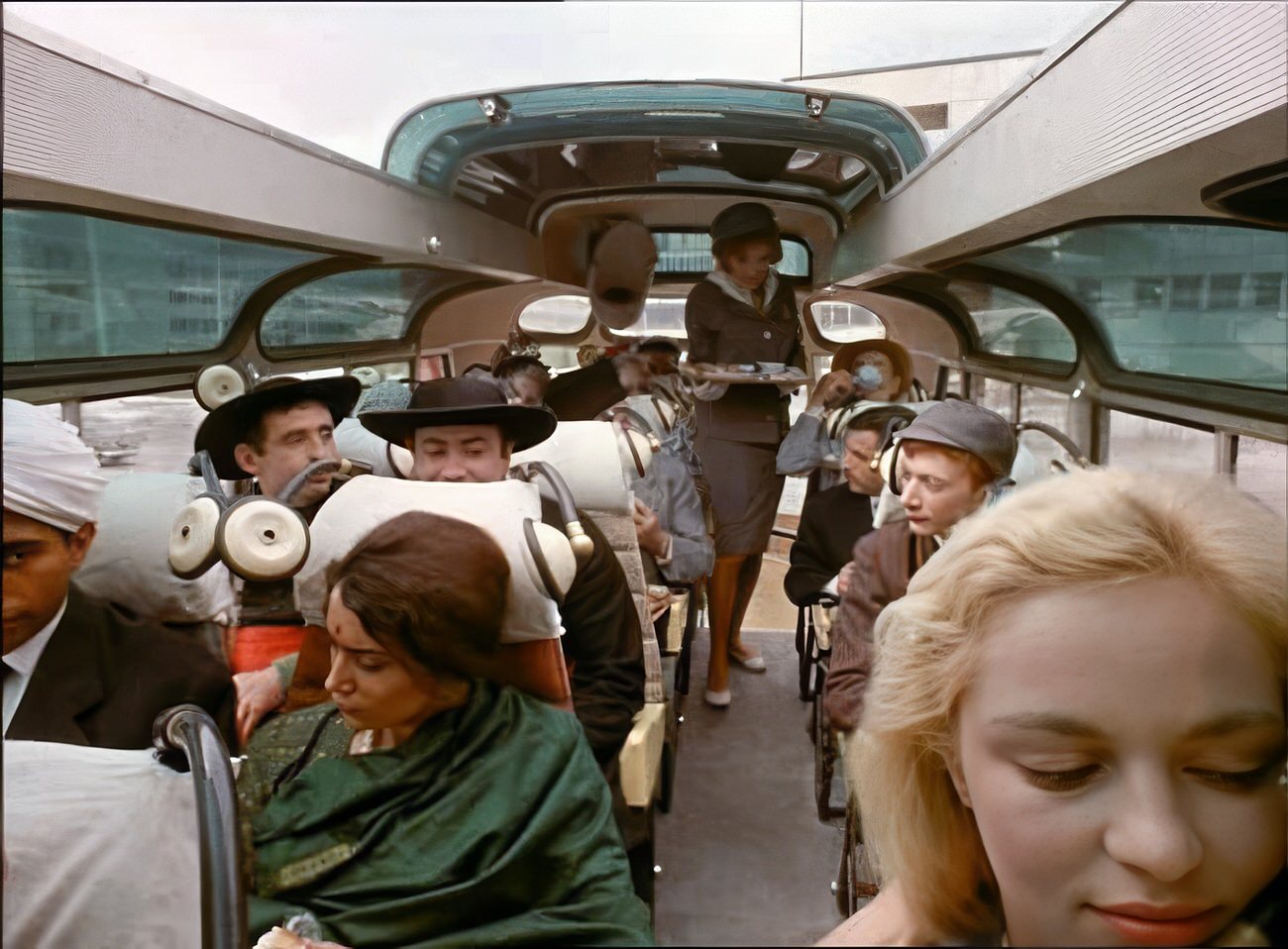
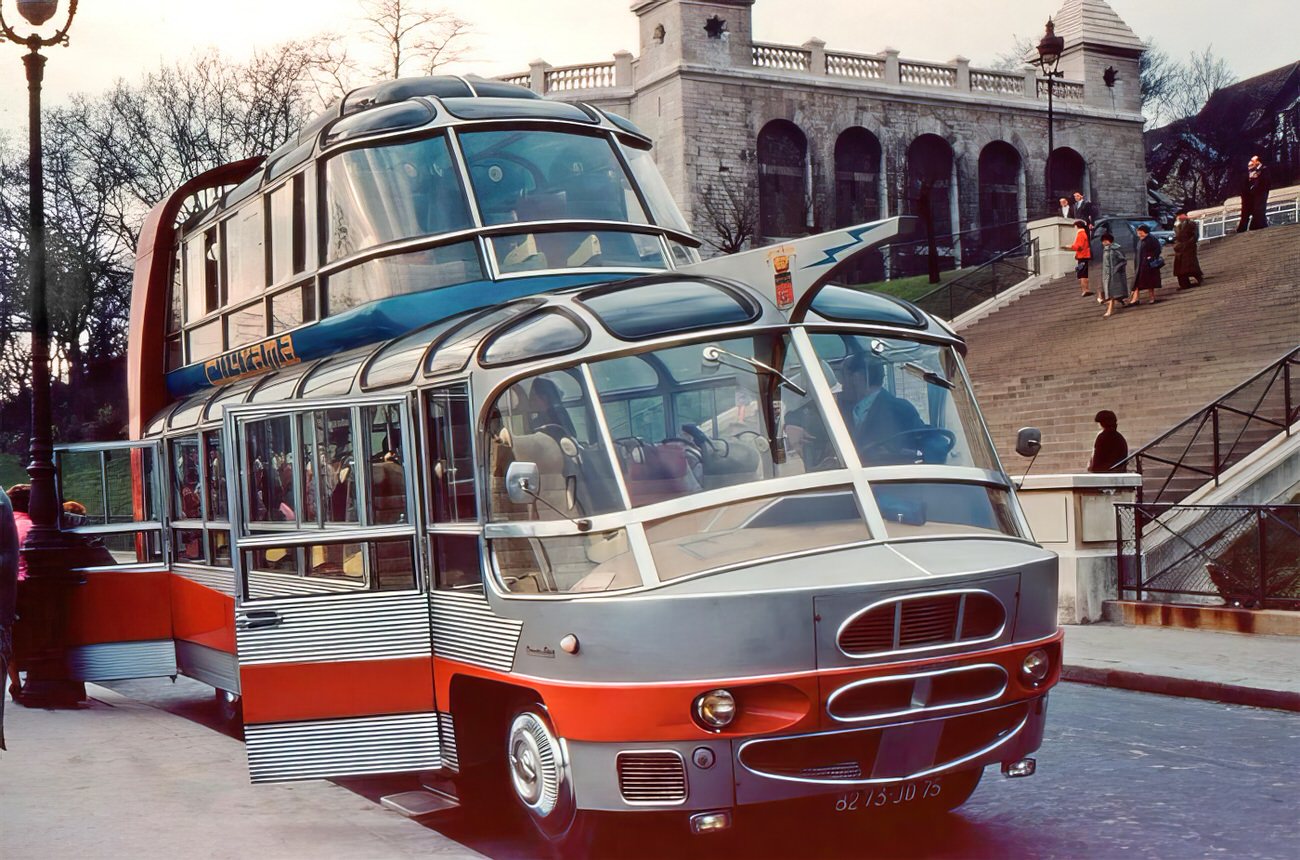
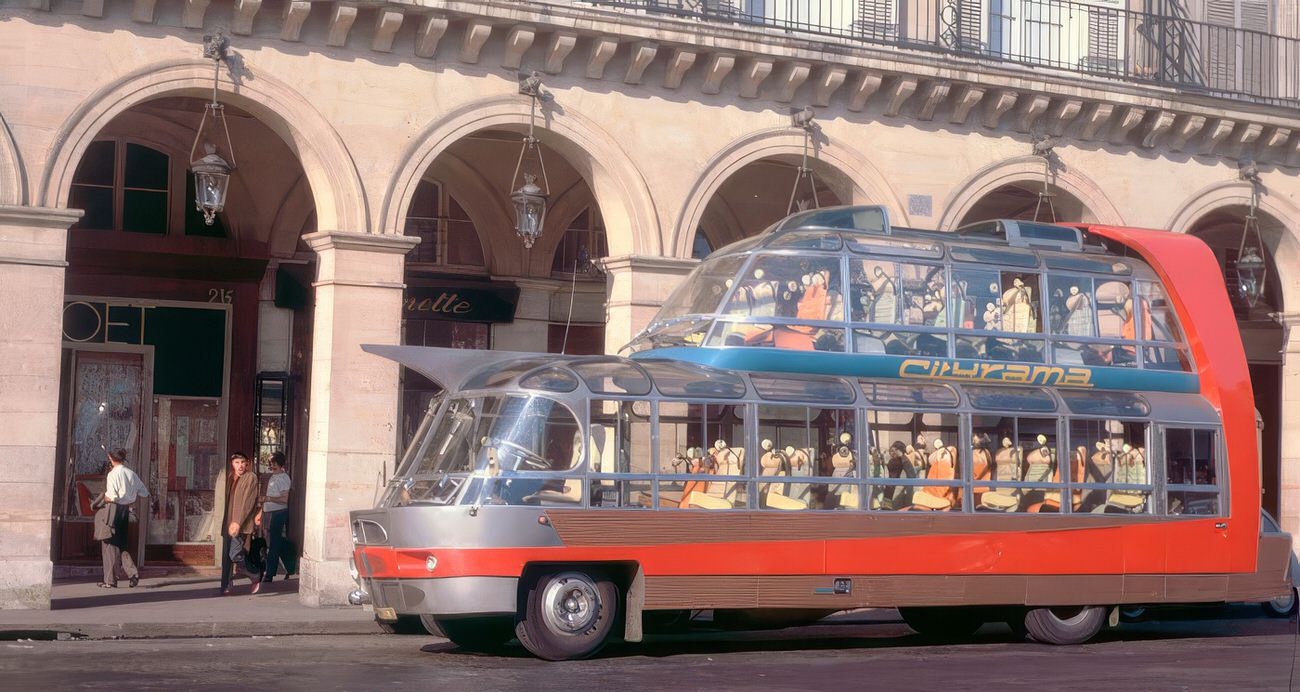
The futuristic design of the Citroën U55 Cityrama Currus earned it a memorable nickname: “Flash Gordon’s bus.” Flash Gordon was a popular science fiction hero of the time. He was known for his adventures in space.
The bus’s sleek lines, curved glass, and overall futuristic look seemed to have come straight out of a science fiction comic strip or movie. It looked like a vehicle that Flash Gordon himself might drive. It captured the public’s imagination.
The Citroën U55 Cityrama Currus was designed specifically for sightseeing tours of Paris. It traveled along a carefully planned route that showcased the city’s most famous landmarks. It offered a unique way to see the sights.
The bus passed by iconic locations such as the Eiffel Tower, the Arc de Triomphe, the Louvre Museum, and Notre Dame Cathedral. Passengers had unparalleled views of these famous sites from the bus’s many windows. The route was designed to impress.
The open-air upper deck, when in use, would have provided an even more immersive experience. Passengers could feel the breeze and take in the sights and sounds of the city. It would have been a memorable way to experience Paris. It was a unique perspective.
The bus’s route probably also included some of Paris’s charming neighborhoods, such as Montmartre or the Latin Quarter. This would have given tourists a glimpse into the everyday life of the city. It would have provided a more complete picture of Paris. It showed more than monuments.


